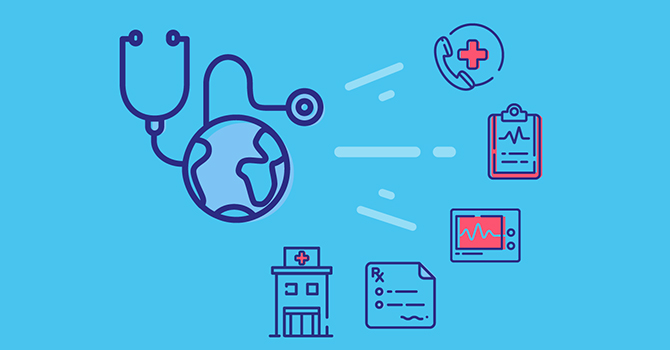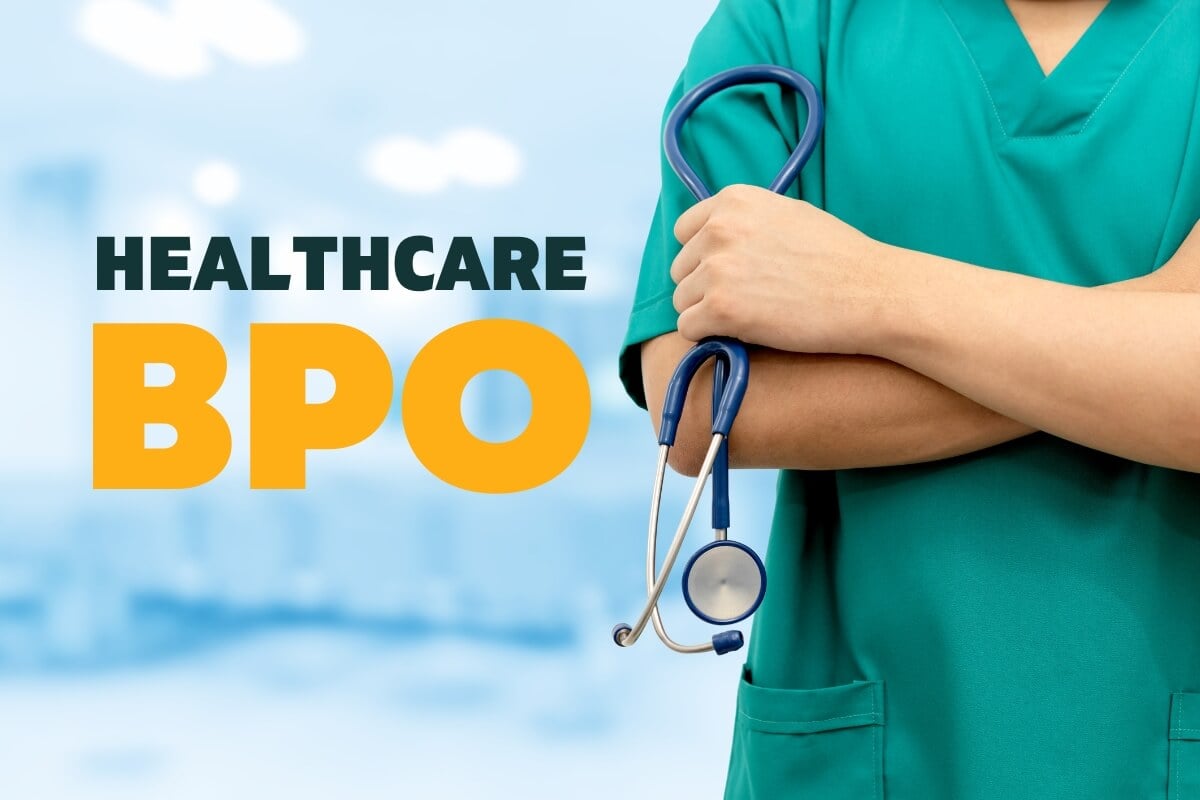Finest Healthcare RCM Practices to Improve Functional Efficiency and Collections
Finest Healthcare RCM Practices to Improve Functional Efficiency and Collections
Blog Article
A Comprehensive Overview on Exactly How Medical Care RCM Functions to Simplify Payment and Collections
Navigating the complexities of health care profits cycle administration (RCM) is vital for suppliers aiming to improve their billing and collections processes. The overview unpacks the details of RCM, from patient registration to accounts receivable monitoring, supplying insights right into maximizing each action.
Understanding Revenue Cycle Monitoring
Comprehending the details of Revenue Cycle Administration (RCM) is important for health care organizations aiming to maximize their financial performance. RCM is a vital administrative function that encompasses the entire financial process of patient care, from the initial visit readying to the final settlement of the equilibrium. It is an intricate treatment designed to identify, collect, and take care of the income from the solutions offered to individuals. Efficient RCM makes certain that doctor get precise and timely settlements, reducing the danger of income loss and boosting cash flow.
The RCM procedure starts when an individual routines a visit and expands via the patient's treatment journey, consisting of billing and collections. An essential purpose is to decrease the time in between receiving and giving a solution repayment, hence boosting the organization's monetary health. RCM entails various features such as client registration, insurance confirmation, cost capture, coding, asserts entry, settlement posting, and managing denials and appeals.
Secret Parts of RCM
In the realm of Profits Cycle Management (RCM), comprehending its crucial parts is basic to achieving monetary efficiency within health care organizations. RCM is a thorough process that includes numerous phases, each critical to guaranteeing efficient billing and collections. The primary components consist of patient enrollment, insurance policy confirmation, fee capture, coding, claim submission, payment uploading, and accounts receivable management.


As soon as coded, claims are submitted to payers, where precision is paramount to stay clear of hold-ups or beings rejected - Healthcare RCM. Repayment uploading involves recording the obtained payments, which allows for the reconciliation of accounts. Finally, accounts receivable monitoring concentrates on tracking and resolving overdue insurance claims, making certain timely follow-up and resolution
Each component of RCM is interconnected, and ineffectiveness in any kind of part can disrupt the entire cycle. Therefore, understanding these aspects is essential for doctor to enhance earnings and boost their financial health.
Approaches for Reliable Billing

Systematizing payment treatments throughout the company is another essential strategy. Developing clear guidelines for paperwork, coding, and entry aids keep uniformity and conformity with regulatory needs. Educating staff on a regular basis on these procedures guarantees every person is up-to-date with the current changes in invoicing codes and payer policies.
Precise cost capture is important in avoiding earnings leak. Executing routine audits and tracking systems enables the identification and modification of inconsistencies before they impact earnings. Additionally, preserving open lines of interaction with payers assists to swiftly resolve any kind of disagreements or misunderstandings that might arise.
Lastly, engaging patients early in the billing procedure by giving clear price quotes and instructional materials concerning their monetary responsibilities can significantly reduce confusion and boost payment timeliness. These methods collectively contribute to an extra effective and economically healthy and click for more info balanced invoicing system.
Enhancing Collections Processes
Given the complexities of clinical invoicing and the variety of payer requirements, enhancing the collections procedure involves implementing calculated steps that guarantee accurate and timely settlement of services rendered. Automation tools can help in tracking claim standings, sending out timely pointers to patients, and handling denials more successfully.
Transparent and clear person interactions are critical. Giving thorough explanations of costs and providing versatile payment plans can increase client fulfillment and punctual payments.
Routine audits of the collections process should be carried out to determine locations for improvement and guarantee conformity with guidelines. By assessing data, health care companies can determine trends, anticipate potential problems, and adjust techniques as necessary (Healthcare RCM). Ultimately, a well-enhanced collections procedure not only supports economic health yet also adds to an extra smooth experience for individuals and team alike
Optimizing Income Streams
Structure upon the foundation of a solid collections process, health care companies can further boost their visit financial security by tactically enhancing earnings streams. This entails a multi-faceted method, beginning with a comprehensive evaluation of existing earnings resources to recognize ineffectiveness and locations for development. Employing sophisticated data analytics tools allows companies to obtain understandings into payer mix, client demographics, and solution use patterns, permitting data-driven choices that boost earnings capture.
Implementing automated billing systems can significantly reduce errors and speed up claims processing, making certain that earnings is accumulated more efficiently. Moreover, enhancing payer contracts with normal negotiations can improve compensation rates and terms, directly influencing the lower line. Expanding solution offerings, such as integrating telehealth or health programs, can likewise bring in a broader client base, therefore boosting profits capacity.
Another vital part is improving client interaction and fulfillment, as completely satisfied individuals are most likely to comply with treatment plans and make timely payments. Using flexible repayment choices and transparent payment practices can improve collections and foster patient commitment. Healthcare RCM. By adopting these strategies, medical care organizations can create a more resilient economic structure, guaranteeing sustained development and stability in an ever-changing sector landscape
Final Thought
In verdict, health care Earnings Cycle Administration (RCM) plays an essential role in enhancing billing and collections processes by integrating key elements such as person registration, insurance policy confirmation, fee capture, coding, asserts entry, and balance due monitoring. By utilizing innovative innovation, standardizing treatments, and cultivating individual involvement, doctor can substantially reduce case rejections, accelerate repayment cycles, and boost capital. This comprehensive technique to RCM inevitably results find more info in improved monetary performance and sustainability for healthcare companies.
The RCM procedure begins when a patient routines a visit and expands via the client's care journey, including invoicing and collections.An additional crucial element is boosting patient involvement and satisfaction, as pleased patients are much more likely to adhere to therapy strategies and make prompt settlements. Supplying flexible repayment choices and transparent invoicing methods can enhance collections and foster individual commitment.In final thought, healthcare Profits Cycle Management (RCM) plays a crucial role in maximizing billing and collections processes by integrating key components such as client enrollment, insurance policy verification, charge capture, coding, asserts entry, and accounts receivable management. By utilizing advanced innovation, standardizing procedures, and fostering person involvement, medical care suppliers can dramatically minimize claim rejections, increase settlement cycles, and improve cash circulation.
Report this page